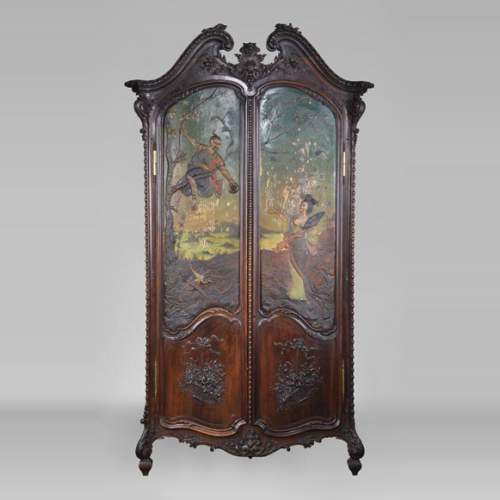Your selection is currently empty.
Here are the latest objects in our stock:
Dimensions:
Width: 120
Height: 239
Depth: 46
Dimensions:
Width: 100
Height: 135
Dimensions:
Width: 39
Height: 61
Depth: 2
Dimensions:
Width: 303
Height: 76
Depth: 115
Dimensions:
Width: 41
Height: 106
Depth: 39
Dimensions:
Width: 53
Height: 63
Depth: 25
Dimensions:
Width: 226
Height: 412
Depth: 78
Inner width: 126
Inner height: 124
Dimensions:
Width: 76
Height: 84
Dimensions:
Width: 121
Height: 164
Depth: 5
Dimensions:
Width: 132
Height: 180
Depth: 10












